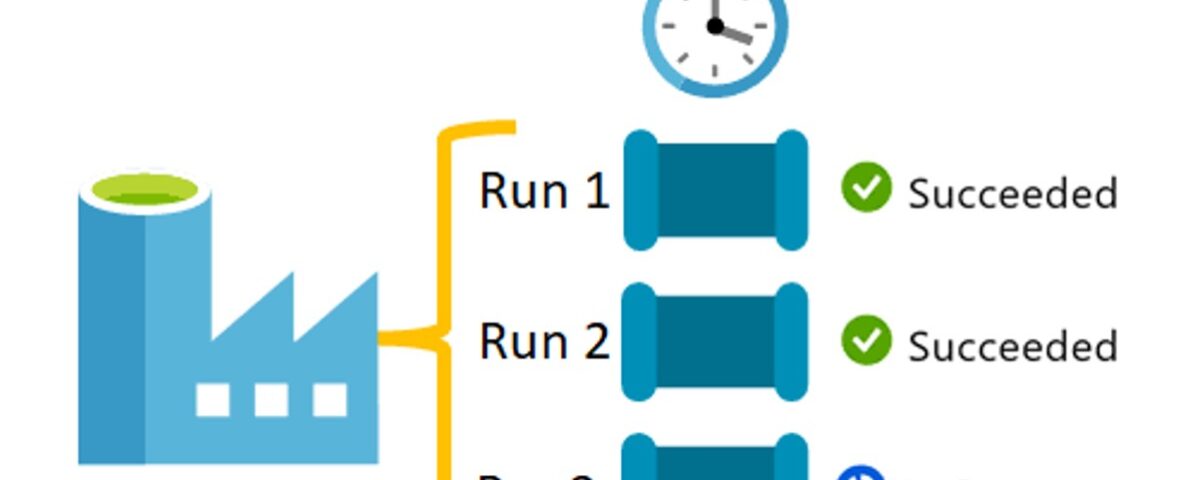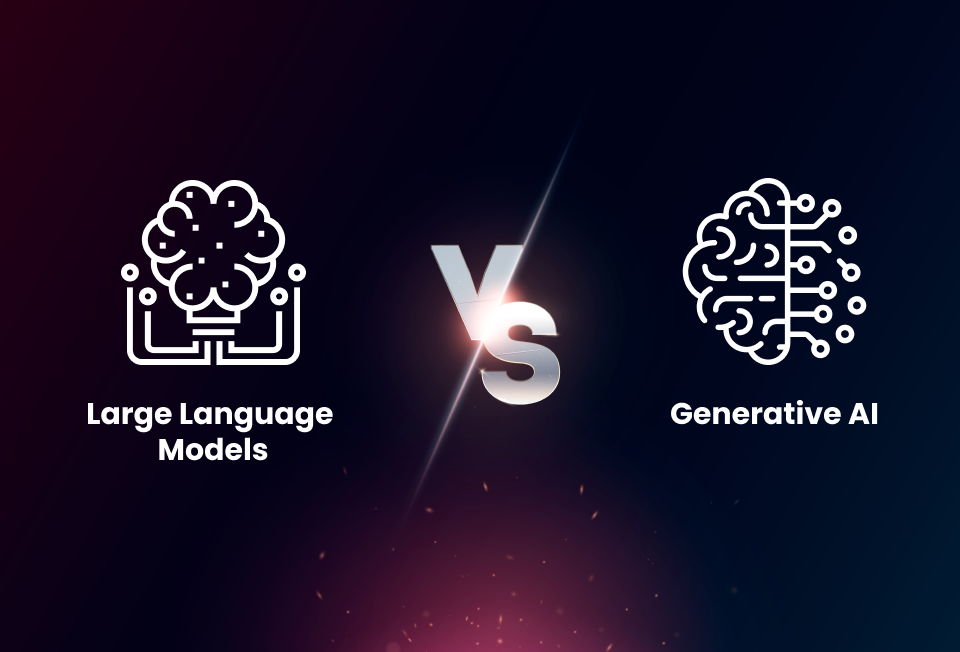Metadata Driven Pipeline Execution
Blogs

Aggregation in MongoDB
September 10, 2023
SAP CDC Connector in Azure Data Factory
September 20, 2023Azure Data Factory is a popular online service for managing and organizing data tasks. It helps you create and control the flow of data. It has lots of useful features like making sure data matches up correctly, syncing data without needing to write code, and automating tasks.
One of the cool things about Azure Data Factory is something called Triggers”. Triggers let you start or stop data tasks at specific times. This makes it easy to set up and automate tasks, and you can also keep an eye on how well they’re doing.
Problem Statement:
In the cloud environment, data and process duplication are significantly higher compared to on-premises scenarios, making pipeline management complex. Creating multiple triggers for each run of pipelines that require multiple runs at various timeslots is the conventional method. However, this approach leads to inefficiency and requires multiple triggers, making it harder to maintain control over the pipeline execution.
Proposed Solution:
The proposed solution aims to optimize pipeline execution in the cloud environment by utilizing a configuration table that governs the pipeline execution. Instead of creating multiple triggers, the solution suggests adding a new column named “frequencytorun” to the configuration table. This column contains a string of 24 characters, with each character representing a specific hour of the day. Using a binary format, the string represents the frequency of each table to be pulled. A “1” in the string signifies that the table qualifies for pipeline execution, while “0” denotes ignoring it.
By fetching the corresponding character from the configuration string based on the current hour, the approach determines whether a particular table qualifies for execution or not. This streamlines pipeline management, reduces the need for multiple triggers, and provides a more configurable and centralized control mechanism. By implementing this approach, the user can easily control the pipeline frequency for different tables from a single location, enhancing efficiency and control in the cloud environment.
Conclusion:
Azure Data Factory simplifies data management, while the proposed solution enhances control and efficiency by using a configuration table for task scheduling. Together, they make data workflow management more streamlined and manageable.
geetha.s




